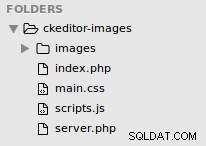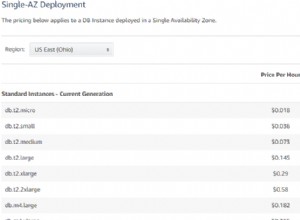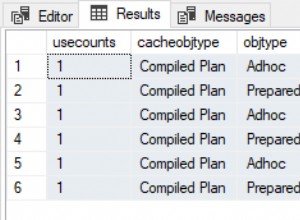Wonach Sie vielleicht suchen, ist die eingebaute Funktion von MySQL LOAD DATA INFILE
um eine Textdatei mit Werten für eine Datenbank in eine Datenbank zu laden.
Beispiel:
LOAD DATA INFILE 'data.txt' INTO TABLE my_table;
Sie könnten auch die Trennzeichen innerhalb Ihrer Textdatei angeben, wie folgt:
LOAD DATA INFILE 'data.txt' INTO TABLE my_table FIELDS TERMINATED BY '|';
Aktualisierung:
Hier ist ein voll funktionsfähiges Beispiel, ich habe eine Testdatendatei hier hochgeladen und hier ist mein PHP-Code.
$string = file_get_contents("http://www.angelfire.com/ri2/DMX/data.txt", "r");
$myFile = "C:/path/to/myFile.txt";
$fh = fopen($myFile, 'w') or die("Could not open: " . mysql_error());
fwrite($fh, $string);
fclose($fh);
$sql = mysql_connect("localhost", "root", "password");
if (!$sql) {
die("Could not connect: " . mysql_error());
}
mysql_select_db("my_database");
$result = mysql_query("LOAD DATA INFILE '$myFile'" .
" INTO TABLE test FIELDS TERMINATED BY '|'");
if (!$result) {
die("Could not load. " . mysql_error());
}
So sah die Tabelle aus, bevor mein PHP-Code ausgeführt wurde:
mysql> select * from test;
+--------+-----------+------------+
| DataID | Name | DOB |
+--------+-----------+------------+
| 145 | Joe Blogs | 17/03/1954 |
+--------+-----------+------------+
1 row in set (0.00 sec)
Und hier ist das Ergebnis danach:
mysql> select * from test;
+--------+-------------+------------+
| DataID | Name | DOB |
+--------+-------------+------------+
| 145 | Joe Blogs | 17/03/1954 |
| 234 | Carl Jones | 01/01/1925 |
| 98 | James Smith | 12/09/1998 |
| 234 | Paul Jones | 19/07/1923 |
| 986 | Jim Smith | 12/01/1976 |
+--------+-------------+------------+
5 rows in set (0.00 sec)




